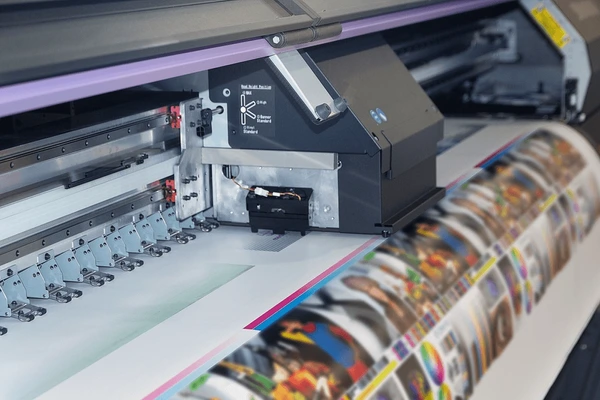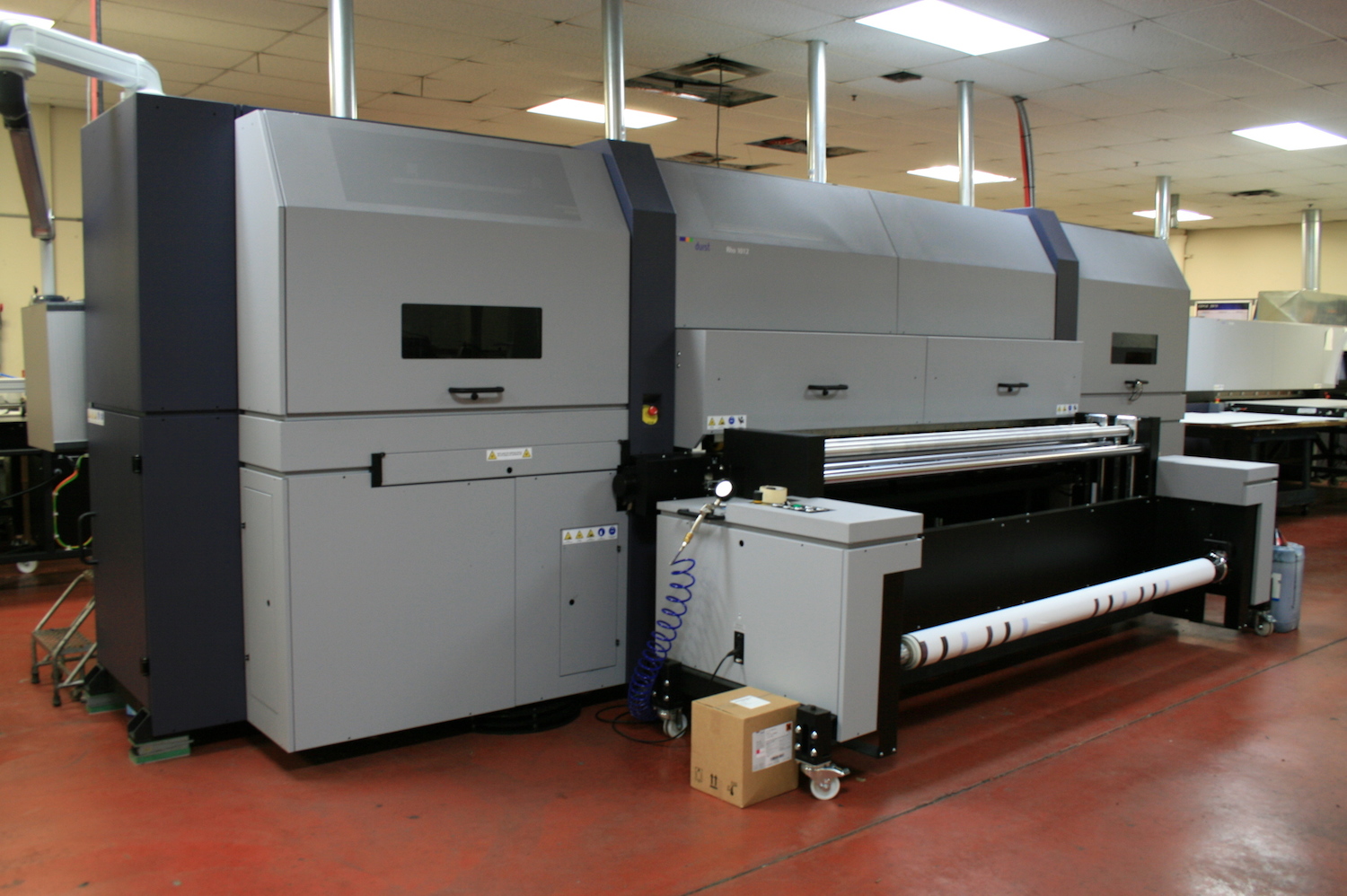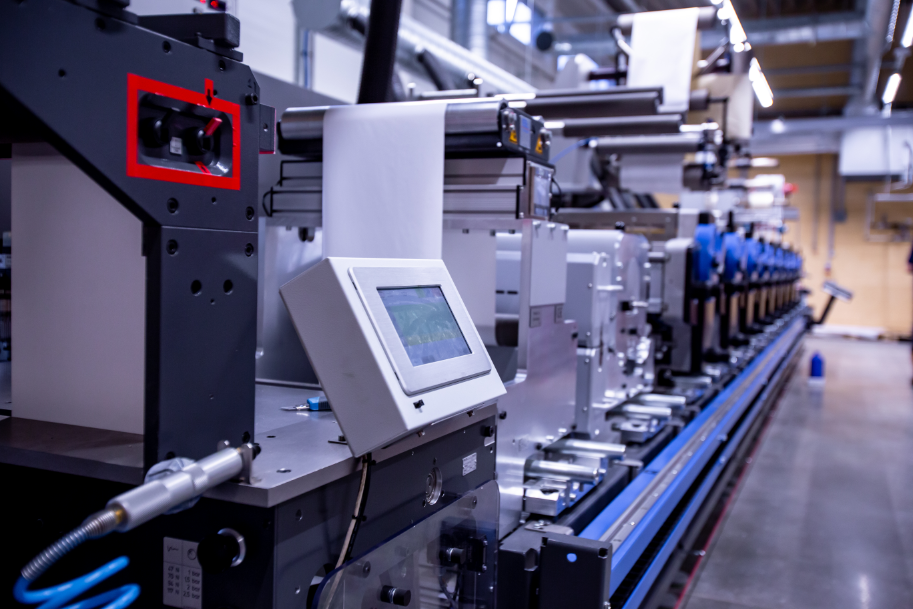Eco-Friendly Printing Options, In an era where environmental consciousness is paramount, the printing industry faces increasing scrutiny regarding its ecological footprint. This comprehensive analysis explores the environmental impact of various printing technologies, sustainable alternatives, and the future of eco-friendly printing practices.
Introduction
The printing industry has been an integral part of human civilization for centuries, but its environmental impact has become a growing concern in recent decades. As businesses and consumers become more environmentally conscious, understanding the ecological implications of different printing technologies is crucial for making informed decisions about printing methods and implementing sustainable practices.

Traditional Offset Printing: Environmental Challenges and Solutions
The Environmental Impact of Offset Printing
Offset printing, while still one of the most widely used printing methods, presents several environmental challenges:
- Chemical Usage
- Traditional offset printing relies heavily on various chemicals, including petroleum-based inks, fountain solutions, and cleaning solvents.
- These chemicals can release volatile organic compounds (VOCs) into the atmosphere, contributing to air pollution and potential health risks for workers.
- Waste chemical disposal poses significant environmental risks if not handled properly.
- Water Consumption
- The offset printing process requires substantial amounts of water for the dampening system.
- Traditional practices can consume thousands of gallons of water annually per printing press.
- Water contaminated with chemicals requires specialized treatment before disposal.
- Energy Usage
- Offset presses require significant energy for operation, particularly during the warm-up phase.
- The production of printing plates and the running of large-scale printing equipment contribute to high energy consumption.
Sustainable Solutions in Offset Printing
Despite these challenges, the industry has developed several solutions to minimize environmental impact:
- Waterless Offset Printing
- Eliminates the need for dampening systems
- Reduces water consumption and chemical usage
- Produces sharper dots and better color saturation
- Vegetable-Based Inks
- Lower VOC emissions compared to petroleum-based inks
- Made from renewable resources
- Easier to recycle and de-ink during paper recycling processes
- Computer-to-Plate (CTP) Technology
- Reduces chemical usage in plate preparation
- Minimizes waste through digital workflow
- Increases efficiency and reduces energy consumption
Digital Printing: A More Sustainable Alternative? | Eco-Friendly Printing Options
Environmental Advantages of Digital Printing
Digital printing has emerged as a potentially more environmentally friendly alternative to traditional offset printing:
- Reduced Waste
- Print-on-demand capabilities eliminate excess inventory
- No need for make-ready sheets
- More precise quantity control reduces overruns
- Lower Chemical Usage
- Fewer chemicals required in the printing process
- No plate-making chemicals needed
- Toner-based systems produce minimal chemical waste
- Energy Efficiency
- No warm-up time required
- Equipment can be powered down when not in use
- More efficient for short-run jobs
Environmental Challenges in Digital Printing
However, digital printing is not without its environmental concerns:
- Electronic Waste
- Regular replacement of components and consumables
- Disposal of toner cartridges and other electronic parts
- Some components contain hazardous materials
- Energy Consumption
- Continuous operation of digital equipment can consume significant power
- Climate control requirements for digital equipment
- Server and data storage energy usage
- Toner and Ink Issues
- Some toner particles can become airborne
- Disposal of liquid ink waste
- Plastic packaging waste from consumables
3D Printing: Environmental Implications of Additive Manufacturing | Eco-Friendly Printing Options
The Promise of 3D Printing
3D printing technology offers unique environmental benefits:
- Reduced Material Waste
- Additive manufacturing uses only necessary materials
- Ability to reuse and recycle materials
- Optimized design reduces material consumption
- Local Production
- Reduced transportation emissions
- Shorter supply chains
- On-demand manufacturing reduces inventory waste
- Innovative Materials
- Development of biodegradable printing materials
- Use of recycled materials
- Research into sustainable alternatives
Environmental Challenges in 3D Printing
Several environmental concerns need to be addressed:
- Energy Consumption
- High power usage during printing process
- Extended printing times increase energy consumption
- Temperature control requirements
- Material Issues
- Many common materials are petroleum-based
- Microplastic pollution from failed prints
- Limited recycling infrastructure for 3D printing materials
- Air Quality Concerns
- Particle emissions during printing
- VOC emissions from heated materials
- Need for proper ventilation systems
Sustainable Practices in Modern Printing
Material Selection and Management
- Paper Selection
- FSC-certified papers
- Recycled content options
- Tree-free alternatives (bamboo, hemp, cotton)
- Ink and Toner Choices
- Low-VOC inks
- Biodegradable options
- Recycled cartridge programs
- Waste Reduction Strategies
- Efficient imposition and layout
- Digital proofing systems
- Recycling programs for materials and equipment
Energy Management
- Equipment Efficiency
- Regular maintenance and optimization
- Energy-efficient models
- Power management systems
- Facility Improvements
- LED lighting
- Solar power installation
- Improved insulation and HVAC efficiency
- Process Optimization
- Workflow automation
- Job batching
- Equipment scheduling
Water Conservation
- Water-Saving Technologies
- Closed-loop cooling systems
- Water filtration and recycling
- Drought-resistant landscaping
- Process Improvements
- Regular maintenance to prevent leaks
- Water-efficient cleaning procedures
- Employee training programs
Future Trends in Sustainable Printing | Eco-Friendly Printing Options
Emerging Technologies
- Biodegradable Printing Materials
- New plant-based inks
- Compostable substrates
- Eco-friendly coatings
- Smart Manufacturing
- AI-powered waste reduction
- Automated quality control
- Predictive maintenance
- Hybrid Technologies
- Combination of different printing methods
- Optimized process selection
- Reduced environmental impact
Industry Initiatives
- Certification Programs
- Environmental management systems
- Chain of custody certification
- Carbon footprint verification
- Research and Development
- Sustainable material development
- Energy-efficient technologies
- Waste reduction solutions
- Industry Collaboration
- Shared best practices
- Joint research projects
- Standard development
Recommendations for Businesses | Eco-Friendly Printing Options
Implementing Sustainable Printing Practices
- Assessment and Planning
- Environmental impact audit
- Goal setting
- Implementation timeline
- Technology Selection
- Evaluation of printing needs
- Cost-benefit analysis
- Environmental impact assessment
- Training and Education
- Staff training programs
- Customer education
- Ongoing professional development
Measuring and Reporting Impact
- Key Performance Indicators
- Energy consumption
- Water usage
- Waste generation
- Reporting Systems
- Regular monitoring
- Impact assessment
- Transparency in communication
- Continuous Improvement
- Regular review of practices
- Technology updates
- Process optimization
Conclusion
The printing industry’s environmental impact is significant but manageable through the adoption of sustainable technologies and practices. As we move forward, the integration of eco-friendly solutions becomes not just an environmental imperative but also a business necessity. The future of printing lies in balancing production efficiency with environmental responsibility, and the industry is increasingly rising to this challenge.
The transition to sustainable printing practices requires commitment, investment, and ongoing innovation. However, the benefits – both environmental and economic – make this transition worthwhile. As technology continues to evolve and environmental awareness grows, we can expect to see even more advances in sustainable printing solutions.
By understanding the environmental impact of different printing technologies and implementing appropriate sustainable practices, businesses can reduce their ecological footprint while maintaining high-quality printing standards. The key is to remain informed about new developments and be willing to adapt as better solutions become available.





